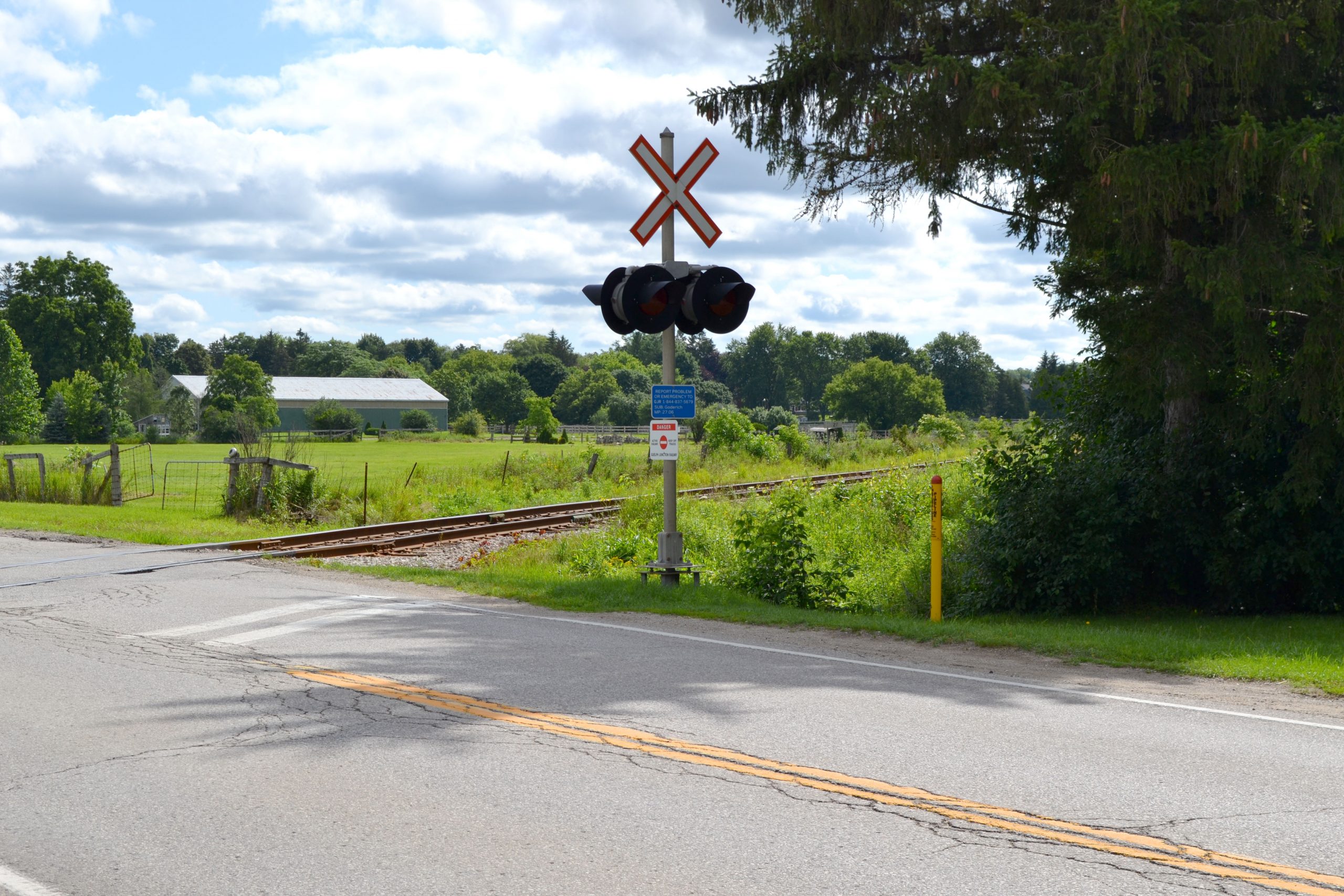urbanperson
New Member
It’s a lot of carloads, sure. But if you are losing a dollar per car, you can’t make it up on volume. Again, unless you have the contract, and can point to what cost OSR is compelled to incur, versus what Guelph charges and pays via its GJR entity, I wouldn’t secondguess them.
I am not sure why this is being brought up again given the fact that I agree. I acknowleged that the contract may have been bad for OSR. My only point that is retrenchment, no matter the circumstances, isn't a good thing, but sometimes it is the only option.
Consider the potential cost of repairing the trestle in Tillsonburg, which may exceed the cost of a dozen locomotives, and imagine that cost applied to the billing for those customers. The transload may well be the lesser evil, and once built it may attract additional customers.
Agreed, but the lesser of two evils is still evil. It is likely that reopening the bridge wasn't an option, but that still puts them in an unenviable spot. It means the track south of the bridge is gone forever. Once it is abandoned, it won't come back, meaning they won't be able to serve any future industrial devlopment that area or in Courtland. More importantly though, they aren't building a transload in Tillsonburg. The only thing they did was put in some additional trackage by Future Transfer's (Univar's) main facility to allow them to consolidate operations. This has the effect of reducing the amount of space left to accomodate any future customers that may wish to transload. What this means is that the line to Tillsonburg no longer has any avenues for growth, given that Future Transfer is now the only regular customer, with Wellmaster Pipe only occasionally sending out loads.
It's substantial, yes. But is it going to result in their downfall? Nope.
I never said it was going to be their downfall. I only touched on the fact that it was another negative development in what has already been a bad year for them.
Then no, I don't think you do understand. OSR took on a contract from CN to service the line, because it was no longer cost-effective for CN to do so.
CN hadn't operated over that route since 1998. They were looking for someone to offload it on, and OSR took the bait.
If OSR didn't feel like the traffic justified it, than they would have just told them "no". That they did means that either they did feel that the traffic could be justified, or that CN threw in incentives to make it worth their while.
All they had to do was look at what happened to St. Thomas and Eastern (Trillium) to see that it wasn't worth it. OSR already had an agreement with CN where they operated just to Aylmer and Courtland accessing those locations from their own lines in order to provide interim service after STER left. It was certainly a better arrangement than what they had when they leased the whole run from St. Thomas to Courtland and forcing themselves to go the long way around. If that arrangement had been kept, they would have been able to provide service to all remaining customers on the line while also removing the need to operate the stretch between Aylmer and Tillsonburg which had no customers but required the most rehab and ongoing maintenance.
Yes, it is a poor solution. But it may also serve as a bridgehead - if the traffic level increases and gets to a critical mass, then the question will need to be asked: "can the bridge be justified?"
They won't be able to use the bridge anymore. CN is already going throught the discontinuance process, and once that track is abandoned and removed, the bridge will then be pointless.





